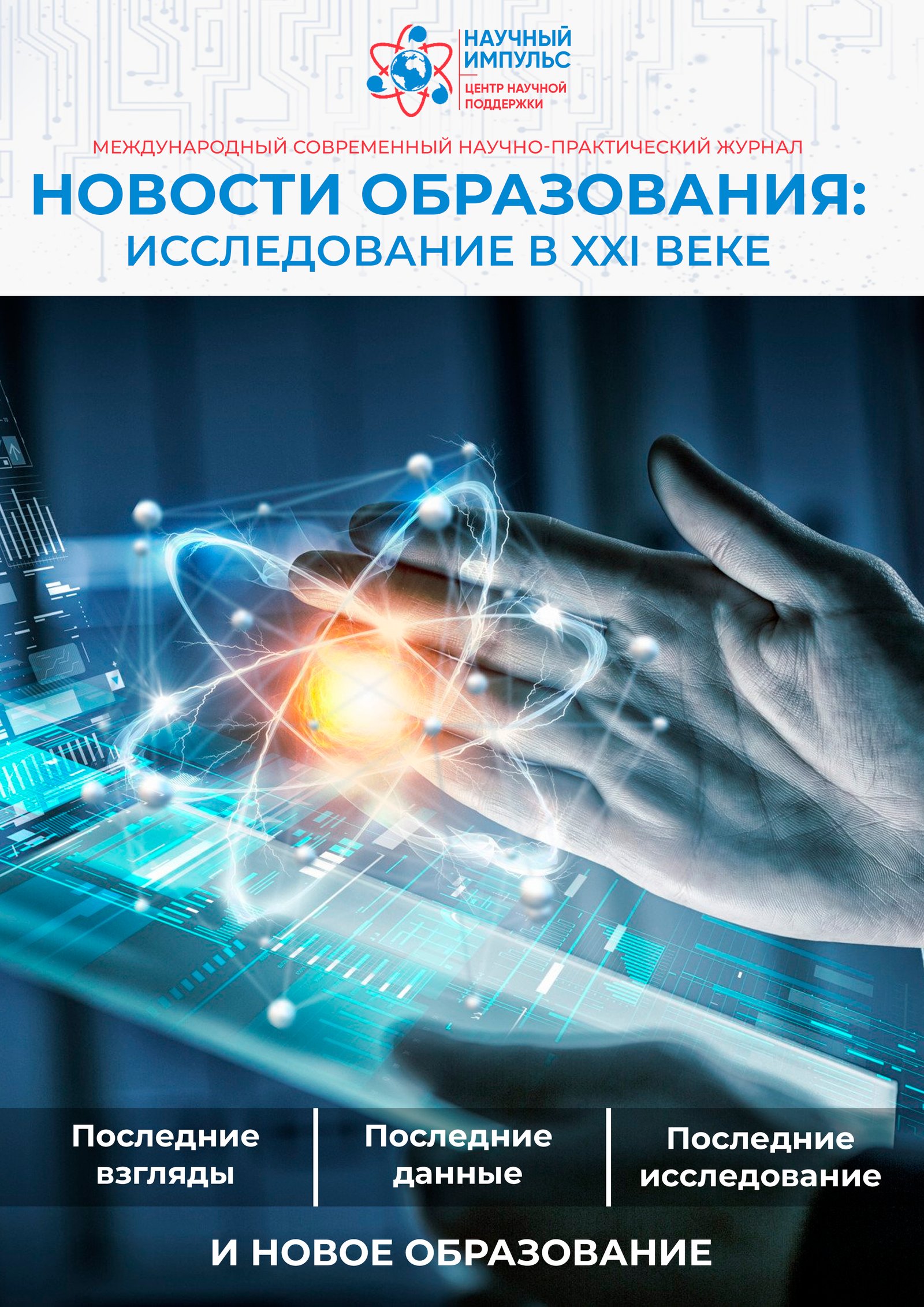THE INTEGRATION OF ARTIFICIAL INTELLIGENCE INTO MODERN EDUCATION: OPPORTUNITIES AND CHALLENGES
Keywords:
Artificial Intelligence, personalized learning, teaching tools, data security, teacher support, equal access to education, assistive technology, AI fairness, digital divide, education innovation.Abstract
The use of Artificial Intelligence (AI) in education is opening up new possibilities for how we learn and teach. AI has the potential to tailor learning experiences to each student’s needs, reduce the workload for teachers by automating administrative tasks, and provide valuable insights into student performance. It can also make education more accessible, particularly for those in remote or underserved areas, and assist students with disabilities through specialized tools. However, as AI becomes more integrated into education, challenges like protecting student data, ensuring teachers are trained to use these tools, and preventing inequalities in access to technology must be addressed. There are also concerns about over-relying on technology and the risk of bias in AI systems. This paper looks at both the exciting possibilities AI brings to education and the hurdles we need to overcome to make sure it benefits everyone.
References
1. Anderson, C. (2019). The Impact of AI on Student Learning. Education and Technology Review, 14(3), 45-67.
2. Holmes, W., Bialik, M., & Fadel, C. (2019). Artificial Intelligence in Education: Promises and Implications for Teaching and Learning. Center for Curriculum Redesign.
3. Luckin, R., Holmes, W., Griffiths, M., & Forcier, L. B. (2016). Intelligence Unleashed: An Argument for AI in Education. Pearson Education.
4. Siemens, G. (2013). Learning in Networks: The Role of AI in Education. Journal of Educational Technology, 29(4), 22-34.
5. Woolf, B. P. (2010). Building Intelligent Interactive Tutors: Student-centered Strategies. Elsevier Academic Press.




